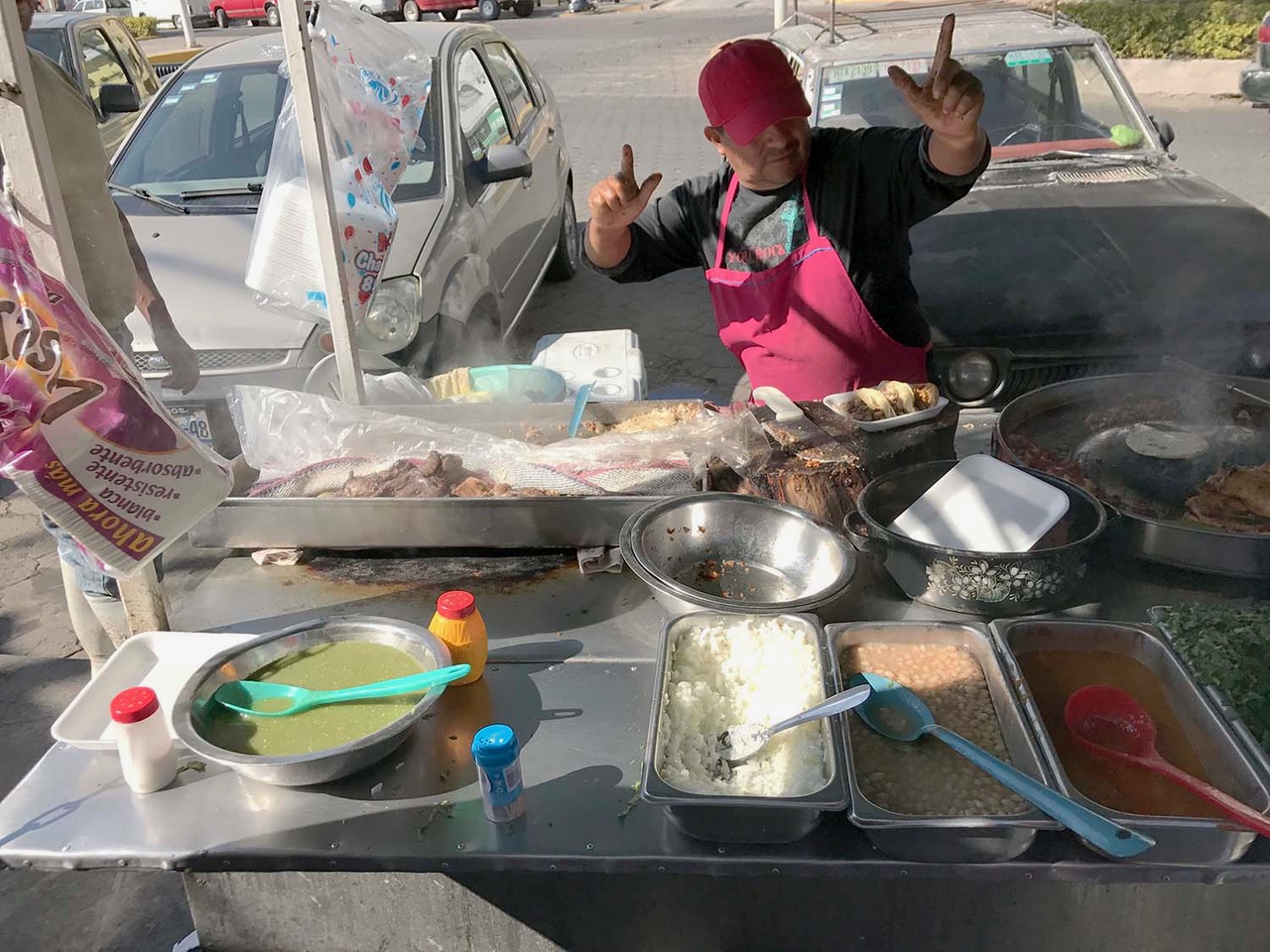There are places in this world where cultures come together, mix their offerings and create a delicious array of food.
One such locale is found in Mexico. Guadalajara, in the state of Jalisco, is the second largest city in Mexico. About 30 miles south of this metropolis lies freshwater Lake Chapala, stretching some 50 miles east to west and 10 miles north to south. Along the northwest shore lies a string of small villages: Chapala, San Antonio Tlacapan and Ajijic. These villages date back long before the Spanish arrived in the 16th century.
The area has become a mecca for retirees from the United States and Canada, along with a few folks from other continents. Drawn to the area by the climate and relatively low cost of living, many have put down roots. It has been said that old gringos go there and forget to die. Expose this group to local ingredients and recipes, let their cultures dance or bang heads and – boom! – a delightfully diverse cuisine emerges.
I’ll start describing my culinary adventures in the area by mentioning an Italian restaurant. It is owned and operated by an Italian fellow and staffed by well-trained young locals. Of many outstanding dishes I’ve eaten there, one that stands out is a melon gazpacho, presented with two small scoops of melon sherbet floating gracefully in a rosy soup bursting with melon flavor.
Not far away is the shrimp lady, serving up shrimp cocktail as you have never had them, in tall glasses filled with shrimp, avocado, peppers and onions, all married together with a tomato sauce.
In Ajijic, a charming little French restaurant, serves beautiful croissants and baguettes. A food truck offers a credible version of falafel.
As with all adventures, there are some rough spots. Many restaurants in the area seem to believe they need to adopt certain North American recipes. It is almost always a disaster. Not only do they struggle to source certain ingredients but they also struggle with translation. The description on the accompanying menu should say “Fish baked in parchment paper” instead of “Fish based wallpaper.”
On the other hand, a number of places do nice things with a sort of relaxed fusion cooking, using local ingredients in recipes that originated elsewhere. One such dish is the sort-of Italian eggplant parmesan served with penne pasta at Adelita’s, a favorite of gringos in San Antonio Tlacapan. The gorgeously quaint surroundings don’t hurt.
My comments about variety aside, what I really enjoy is the local cuisine, what Mexican construction workers, policeman, retail clerks and domestics eat. Many can be found at the central market in Chapala. Options there range from small stalls on the balcony where you almost never see a gringo to first-floor eateries that open onto the square. There is a fish market on the balcony where you can buy a fresh snapper, have it cleaned, then walk around the corner to a small eatery where a woman cooks it for you. In my opinion it is the best fish in the area. (I have ordered snapper at a high-end restaurant on the lake and there is no comparison.) On the balcony I also found lots of soup – menudo, pozole, beef and fish soup. On the square I enjoyed chilaquiles served with refried beans and a bolillo (roll). The beans have a distinct local flavor and texture. There are always fresh chicharones available at the butcher stand inside, good for a nibble as I wander through the market stalls.
My favorite market is the one held every Wednesday in Ajijic. Here one finds a marvelous selection of stews based on pork, beef, tongue and chunks of meat that I couldn’t identify, all melt-in-your-mouth tender and especially delicious when floating in a chili-infused broth. One staff offers simple boiled vegetables – potato, beet, carrot and chayote – swimming in crème fresh and chili sauce.
Another local delicacy is chicken grilled along the highway, known as “dusty chicken” in gringo circles. It is butterflied, marinated and grilled to moist perfection, then flopped down on a tree limb and cut up with a large knife, the pieces scooped into a plastic bag for the lucky buyer. It is the best grilled chicken I’ve ever eaten.
Did I mention tacos? I’m pretty sure flour tortillas are illegal in Jalisco but the little corn tortillas that are doubled up to hold their fillings are wonderful. The taco stands must be chosen by locals based on price because they are all good.
I love to watch taco vendors work their mobile stovetops and comals, large circular grills. The cooking areas provide three or four different temperature zones, letting meat and vegetables slowly lounge until it’s time to quickly fry and toss them into tortillas. It’s up to you to dress them up, choosing from a wardrobe of radishes, cabbage, cilantro, onions and salsa. For my last meal, I just might choose two carne asada tacos.
I’ve even learned to cook a few dishes like the locals. The accompanying recipe for a tomato-pepper sauce was taught to me by Lupita, a friend in Jalisco, and is great for making enchiladas.
Contact Rob Howes at
gonzorob@cox.net











